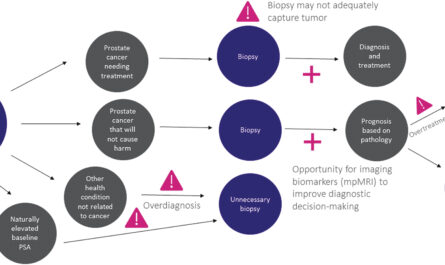Researchers at the University of Queensland and the Australian Research Council Center of Excellence for Engineered Quantum Systems have recently published a study introducing a new test for quantum correlations without the need for seed randomness. The test offers an alternative to the commonly used Bell’s inequality test, which relies on random inputs.
Quantum correlation is a crucial phenomenon in quantum mechanics and plays a central role in various quantum applications, such as communication, cryptography, computing, and information processing. Bell’s inequality, named after physicist John Stewart Bell, is the standard test used to investigate the nature of quantum correlation. However, this test requires the use of truly random inputs, which can be costly and vulnerable to loopholes.
Led by Dr. Jacquiline Romero, the team of researchers presented a proof of concept for a randomness-free test for quantum correlations and non-projective measurements. They discovered that the shared randomness obtained from entangled coins cannot be replicated using classical coins. This finding allowed them to propose a quantum advantage in their experiment.
Dr. Romero expressed her enthusiasm for the research, stating, “I am always interested in experiments that highlight the distinction between classical and quantum information as they pique curiosity.” The team’s research eliminates the need for stringent randomness requirements and offers a promising approach to quantum correlation testing.
In the world of quantum systems and protocols, implementation can be challenging due to various factors. One significant challenge is the need for idealized modeling and a comprehensive understanding of all the components involved. Without this knowledge, protocols are susceptible to numerous threats.
Device independence is a crucial aspect of implementing real-life quantum systems and protocols. Bell’s inequality serves as a tool to certify non-classicality in a device-independent manner. It enables fully device-independent protocols without detailed knowledge of quantum device operations. However, practical scenarios often involve partial knowledge about device characteristics, resulting in semi-device independence.
The team’s proposed solution addresses the certification task of non-classicality from output statistics only. It requires minimal additional information about the device’s operational dimension, granting it a semi-device independent status. Dr. Manik Banik from the S.N. Bose National Center for Basic Sciences in India elaborated, stating, “We propose a solution to this non-classicality certification task from output statistics only, but additional information about the internal working of the device is required, namely the operational dimension.”
This breakthrough in quantum correlation testing has the potential to advance the field of quantum mechanics and its applications. By eliminating the need for seed randomness, the new test offers a more efficient and secure approach to investigating quantum correlations. It opens up new possibilities for developing quantum technologies and advancing quantum information processing. Continued research in this area could lead to significant advancements in communication, computing, and cryptography.
*Note:
- Source: Coherent Market Insights, Public sources, Desk research
- We have leveraged AI tools to mine information and compile it




